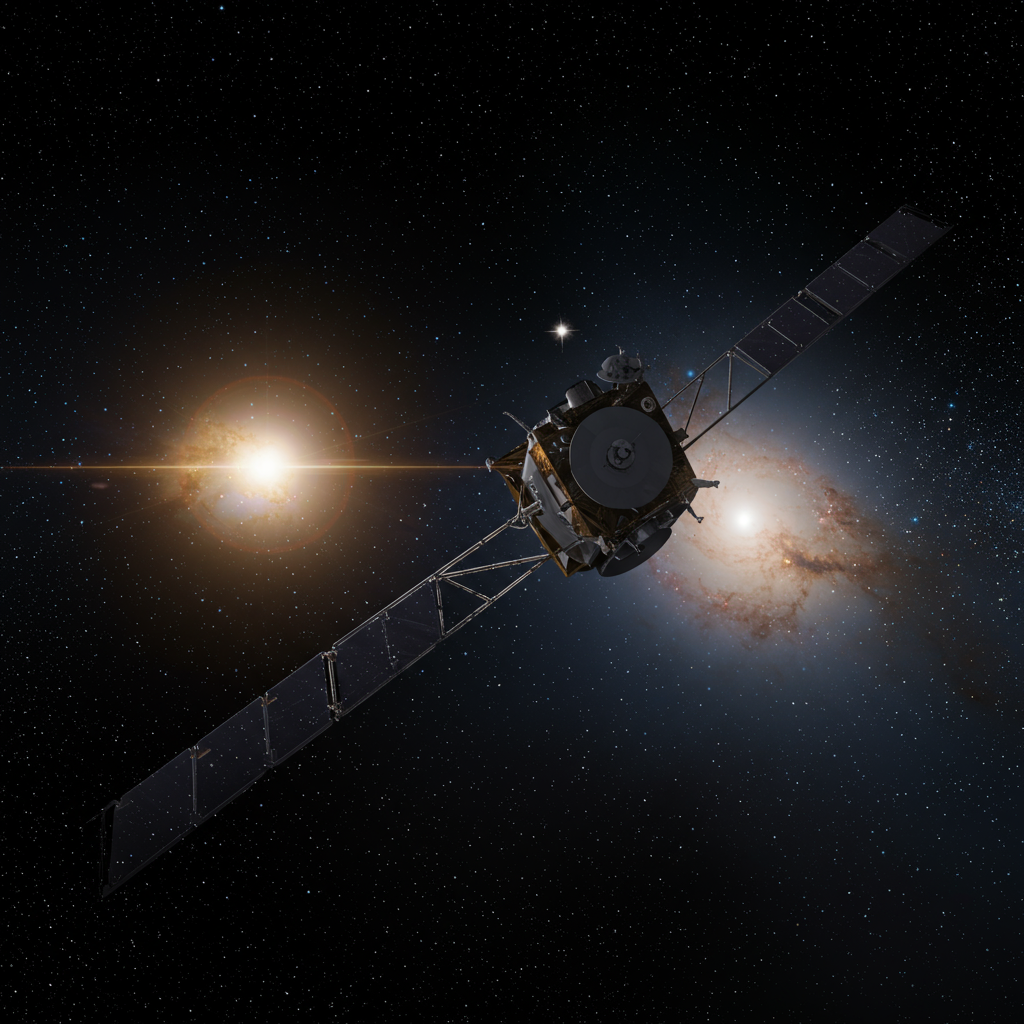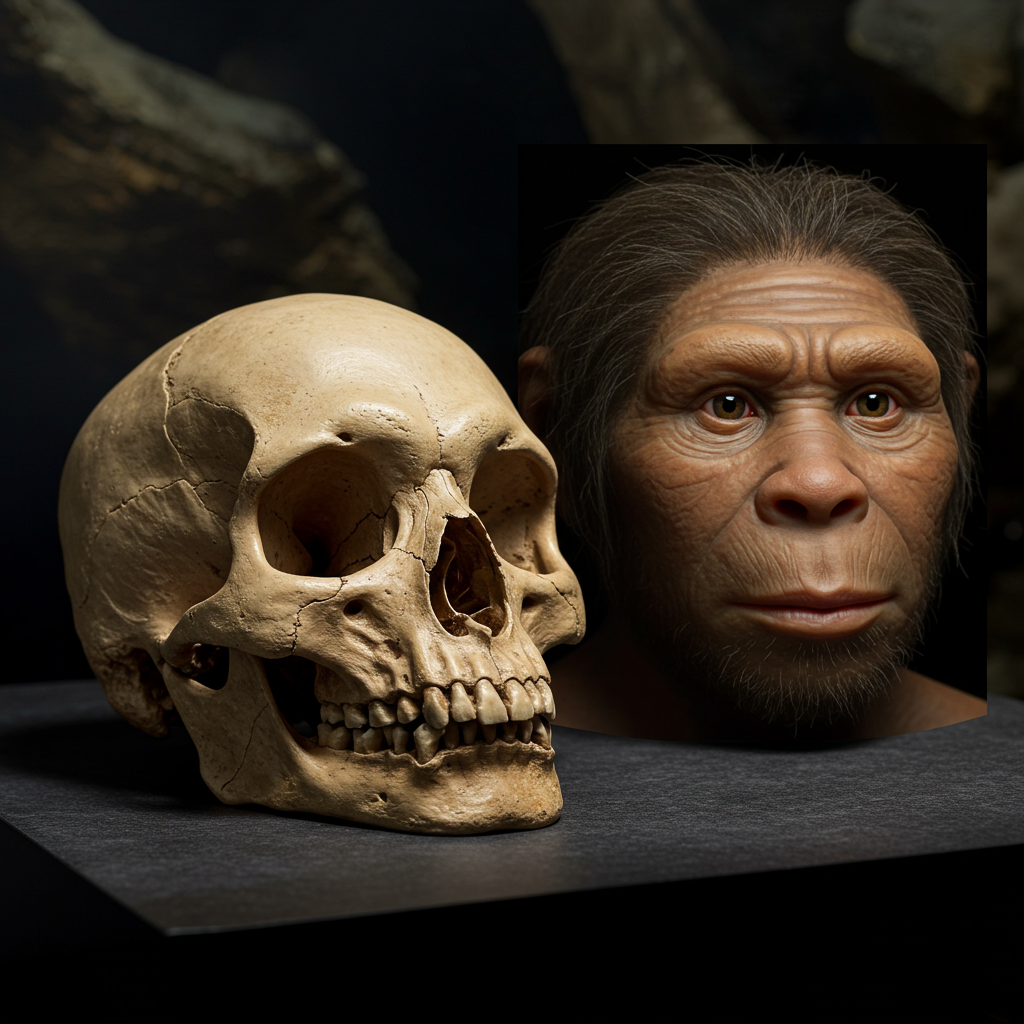space explorers are constantly pushing the boundaries of where humanity can go. But navigating the vastness beyond our solar system presents unique challenges. Radio signals from Earth, like those used by NASA’s Deep Space Network (DSN), take light years to reach truly distant destinations, making real-time positioning impossible. Now, scientists have demonstrated a revolutionary technique for deep space navigation, using images from the distant New Horizons spacecraft. This marks the first-ever test of interstellar navigation using stellar positions.
As New Horizons speeds further away from our sun, its view of the night sky is changing dramatically. stars appear in slightly different locations compared to how we see them from Earth. This shift, known as stellar parallax, happens because the spacecraft is now billions of miles away, creating an enormous baseline between its viewpoint and Earth’s. While stars are so distant that parallax is usually tiny from Earth, New Horizons’ position provides an unprecedented perspective – an “alien sky” where the effect is readily observable.
The Groundbreaking Parallax Experiment
In April 2020, the New Horizons team conducted a pioneering experiment. They used the spacecraft’s powerful Long-Range Reconnaissance Imager (LORRI) to capture images of two relatively nearby stars: Proxima Centauri and Wolf 359. Simultaneously, astronomers on Earth took pictures of the same stars from telescopes at the Las Cumbres Observatory site in Australia and the Mt. Lemmon Observatory in Arizona.
Comparing these paired images, one from Earth and one from New Horizons over four billion miles away, vividly demonstrated the parallax effect. The stars seemed to float in front of their background star fields, showcasing the largest parallax baseline ever achieved. This visual proof highlighted the potential of using this effect for navigation from a distant vantage point.
Using Parallax to Pinpoint Location
Astronomers led by Tod Lauer at the US National Optical-Infrared Astronomy Research Laboratory in Arizona took this demonstration a step further. They leveraged the observed parallax of Proxima Centauri and Wolf 359 to calculate New Horizons’ position.
Their method involved comparing the positions of the two stars in the New Horizons images with the highly precise, three-dimensional map of stars provided by the European Space Agency’s Gaia space telescope. Gaia has meticulously measured the positions and distances of billions of stars in our Milky Way.
By analyzing the apparent position of the stars from New Horizons’ perspective, scientists could draw virtual lines of sight back into space. Using the known, precise positions of Proxima Centauri and Wolf 359 from the Gaia telescope data, they could then accurately determine where New Horizons must be located relative to our solar system.
Comparing Navigation Methods
For decades, spacecraft navigation has primarily relied on NASA’s Deep Space Network (DSN). This network of ground stations on Earth sends radio signals to spacecraft and measures the time it takes for the signals to return. This allows engineers to calculate a spacecraft’s position with incredible accuracy, often within tens of meters.
The parallax method demonstrated by New Horizons is currently far less precise. In this initial test, it located the spacecraft within a sphere with a radius of about 60 million kilometers – roughly half the distance between Earth and the sun. Tod Lauer candidly describes this work as a “demo proof of concept,” emphasizing it won’t replace the DSN for current missions needing high accuracy near Earth or within the solar system.
However, the potential exists for significant improvement. Scientists estimate that with more advanced cameras and equipment, the accuracy of the parallax method could be enhanced by up to 100 times.
The Future of Deep Space Travel
While less accurate for nearby solar system missions, the parallax navigation technique offers distinct advantages for potential future voyages far beyond the Kuiper Belt. Massimiliano Vasile at the University of Strathclyde highlights that the key benefit is autonomy. A spacecraft using stellar navigation wouldn’t need to constantly communicate with Earth for positioning data.
This autonomy becomes crucial when considering missions that might travel light-years away to visit other star systems. Radio signals from the DSN, traveling at the speed of light, would take years for a round trip to such distances. Relying solely on DSN tracking would make navigation decisions incredibly slow and challenging. An onboard system using stellar parallax could provide more immediate positional information.
Despite the promise for the distant future, there are currently no missions planned by space agencies to travel light-years into true interstellar space. This limits the immediate practical application of this specific parallax method. However, demonstrating the concept now is a vital step.
Beyond Pluto: New Horizons’ Legacy
Launched in 2006, New Horizons first made history with its close flyby of Pluto in 2015, revealing the dwarf planet in stunning detail. It then continued its journey into the vast Kuiper Belt, becoming the first spacecraft to explore a Kuiper Belt object with its flyby of Arrokoth in 2019.
Now hurtling out of the solar system at tremendous speed, New Horizons is in a unique position to conduct experiments like this one. The data it collects continues to inform our understanding of the outer reaches of our solar system and pave the way for technologies needed for even grander journeys. This test proves that autonomous navigation using the stars themselves is a viable path forward as humanity dreams of eventually exploring the cosmos beyond our immediate neighborhood.
This groundbreaking experiment was detailed in a paper published on the arXiv pre-print server. It represents a significant milestone in the long journey towards enabling future human exploration beyond the confines of our home star.
Frequently Asked Questions
How did New Horizons use stars to find its position?
New Horizons calculated its position using a technique called stellar parallax. Because the spacecraft is now billions of miles from Earth, nearby stars like Proxima Centauri and Wolf 359 appear in different positions against more distant background stars compared to how they look from Earth. By comparing images taken simultaneously from New Horizons and Earth, scientists measured this apparent shift. They then used the precise, known 3D positions of these stars from the Gaia telescope data to triangulate and pinpoint New Horizons’ location relative to the solar system.
Is stellar parallax navigation more accurate than NASA’s Deep Space Network?
Currently, no. NASA’s Deep Space Network (DSN) uses radio signals to determine a spacecraft’s position within tens of meters. The parallax method demonstrated by New Horizons, in this initial test, could only locate the spacecraft within a sphere 60 million kilometers in radius. However, this was a proof-of-concept test. Scientists believe that with improved camera technology, the accuracy of stellar parallax navigation could be increased significantly, potentially by up to 100 times in the future.
Could this parallax navigation work for missions going to other stars?
Yes, this technique holds significant promise for future missions traveling light-years away, although no such missions are currently planned. For spacecraft traveling truly vast distances, radio signals from Earth’s Deep Space Network would take years for a round trip, making real-time navigation extremely difficult. An autonomous system using stellar parallax would allow a spacecraft to determine its own position using the visible stars, overcoming the limitations imposed by the speed of light and enabling navigation in deep interstellar space without constant communication delays from Earth.




